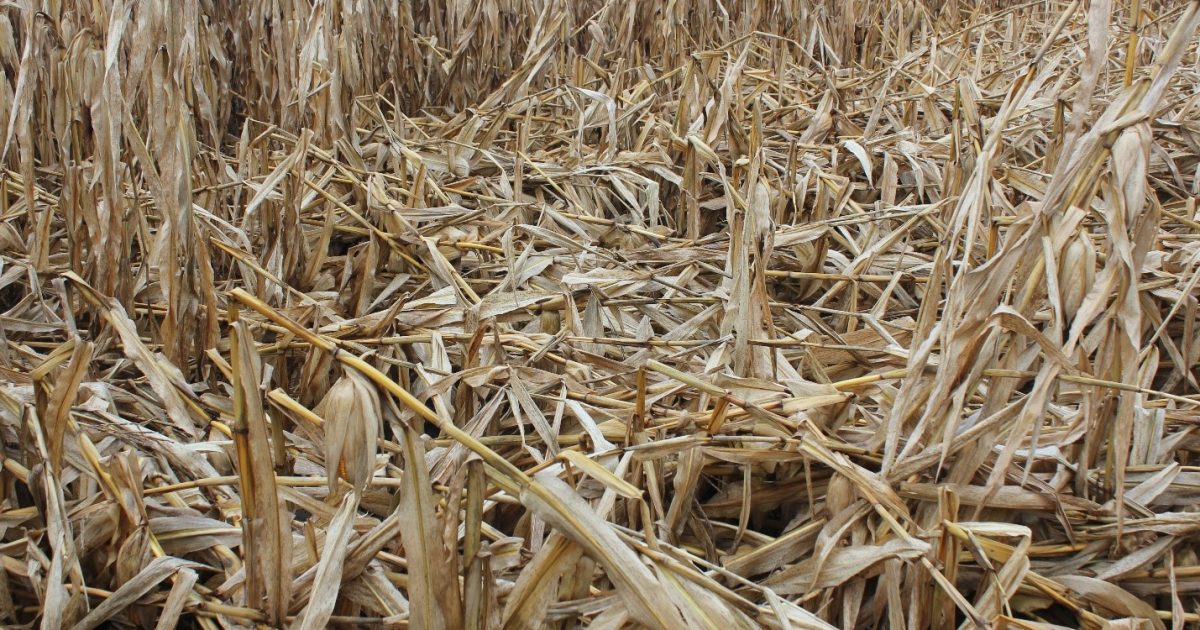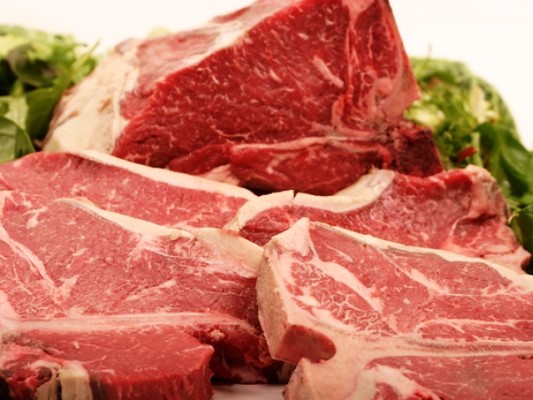Maize stalks are resourceful for mulching and revitalizing soil fertility/Courtesy photo
By Sillus Oduor
After every harvest, many farmers are usually in dilemma of what to do with the crop waste or residue. How one manages this waste determines the fertility of the soil in the next and subsequent seasons.
In business, there is a concept known as “ploughing back”. Farmers should apply this concept in agricultural production and soil fertility maintenance. This is by returning the nutrients that had been taken up by plants back into the soil in readiness for the next planting.
You see, when crops grow and do well, they take up the nutrients from the soil.
One way of ensuring the return of these nutrients into the soil is through burying the residue to enable decomposition and release for uptake by plants.
The microbes found in the residue are helpful in maintaining soil fertility as they improve the structure as they burrow in the soil from one horizon to the other.
These microbes also help in initiation and continuity of the decomposition process of organic matter, which is very crucial in improving the soil’s ability to supply nutrients to the plant.
Utilising crop waste
After mixing the waste with the soil, microbial activity is increased as they feed on the incorporated decaying residues. In the presence of favourable moisture and temperature levels, decomposition of the residues sets in.
The microbes feed on them hence multiply in number, which is a good thing since they help in improvement of soil structure.
As they feed, they accelerate decomposition of the materials, which in the process releases plant nutrients like nitrogen, potassium, phosphorus and sulphur as well as other micronutrients like magnesium and calcium among others.
Therefore, burning of crop residue should be discouraged though most farmers do it to curb pests and diseases.
Using of crop residue for mulching is another best way of utilising the waste. Mulching helps in keeping the soil moist and reduces soil erosion.
Mulching also covers the farm’s ground surface, hence during precipitation, the impact of raindrops on the ground is reduced. And in case there is wind erosion during dry areas, the soil is protected.
Further, the use of crop residue as mulch helps in increasing water infiltration into the soil. This is because mulching aids to curb crusting, which is the formation of a uniform surface seal on the top layer of the soil, preventing entry of water.
High-end yield levels
Water thus flows on the surface downstream in case of precipitation, instead of infiltrating into the soil for crop uptake.
Management of crop residue should be caried out all year round for maximum results in terms of high yields. If done well, crop residue provides many benefits to farmers without interfering with crop production system.
In case of deficit in fertility, after incorporation of the residues, it is a recommended that one uses either compost manure or farmyard to supply the remaining proportion of nutrients.
This will ensure complete nutrition of crops and high-end yield levels is guaranteed.
Farmers should understand that for healthy crops and good harvests, soil must be treated right because it is the primary determinant of the farmer’s final income from the field. Plants get their required nutrients mainly from the soil; therefore, farmers should strive to maintain healthy soil environment for plants’ growth and greater yields.
This time round, as the harvesting season nears, especially for maize farmers, farmers should consider making the best out of the waste.
The writer is based at the Department of Crops, Horticulture and Soils, Egerton University.
-Adopted from Daily Nation





